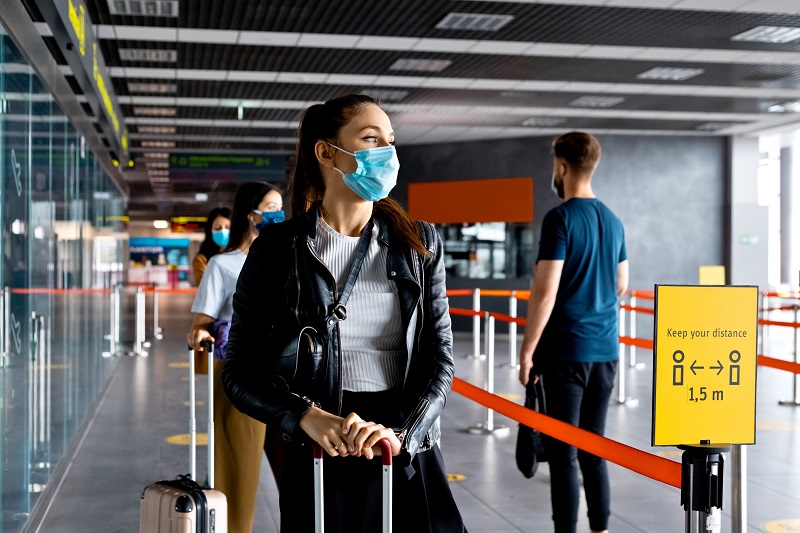Plaintive plea on Asia-Pacific borders amid dismal passenger numbers
06 January, 2021
2 min read


The airline industry has renewed calls to swap quarantine restrictions for global testing amid dismal November Asia-Pacific international passenger numbers.
The Association of Asia Pacific Airlines said 1.4 million passengers were carried by the region's airlines in November, “a mere 4.6 percent of the 30.8 million recorded in the same month of 2019”.
The slump in demand meant there were plenty of spare seats, despite the fact offered seat capacity was just 12.5 percent of the previous year’s level.
READ: Expect health passes and biometrics as international travel resumes.
Fewer than one in three seats were filled as the average international load factor for the month sat just below 30 percent, down from almost 80 percent in November 2019.
“Whilst the recovery in global economic activity has broadened across sectors, international travel remains crippled by border closures affecting 60 percent of Asia-Pacific destinations,’’ AAPA director general Subhas Menon said.
“The recent escalation in COVID-19 cases and the emergence of variant strains, have resulted in the re-imposition of stricter travel restrictions by several States.”
“The near-term outlook for the airline industry remains extremely challenging.
“Governments need to move ahead with plans to implement harmonized testing protocols as a part of a multi-layered and risk-based approach towards safely restoring air travel, at the same time as vaccinations are rolled out across the world.”
Previous calls to replace mandatory quarantine with a risk-based global testing regime have largely failed to convince governments facing a public backlash should COVID get out of control.
Some countries, such as Canada and New Zealand, have gone the other way by adding testing requirements while retaining quarantine.
READ: New Zealand, Canada add pre-flight COVID testing to quarnatine.
A ray of light came from rosier AAPA air freight figures for November.
Freight volumes rose for the third consecutive month, buoyed by a rebound in international trade flows and an acceleration in new export orders.
Airlines eased capacity shortages by deploying converted passenger aircraft and maximizing the utilization of dedicated freighters.
Nonetheless, a fall in capacity outstripped an 11.3 percent drop in demand to push up the international freight load factor by 6.7 percentage points to 69.5 percent.
Get the latest news and updates straight to your inbox
No spam, no hassle, no fuss, just airline news direct to you.
By joining our newsletter, you agree to our Privacy Policy
Find us on social media
Comments
No comments yet, be the first to write one.

